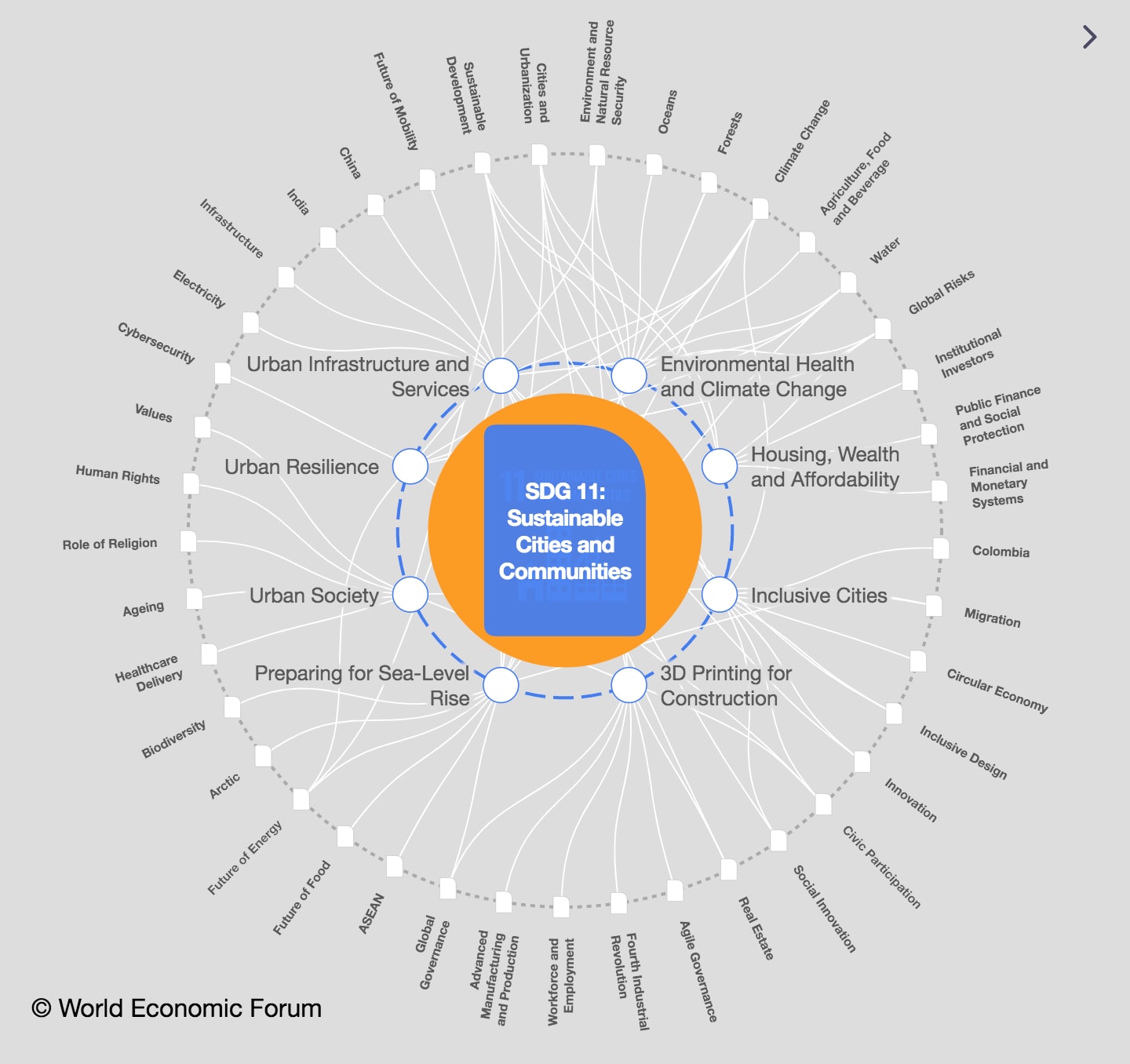If a circular economy is the goal, microfactories are the solution

Microfactories can be used at a local level to cut waste, improve sustainability and boost local economies. Image: REUTERS

Get involved with our crowdsourced digital platform to deliver impact at scale
Stay up to date:
UpLink
Listen to the article
- Every year, 92 million tons of textiles are sent to landfill and the industry causes around 10% of global greenhouse gas emissions.
- The apparel manufacturing status quo is ripe for disruption — and microfactories could be the answer.
- Localised and sustainable, microfactories boost local economies and improve circularity.
Textile waste is a serious challenge. Every year, 92 million tonnes of textile waste cause around 10% of all CO₂ emissions. The fashion industry produces more greenhouse gas emissions than maritime shipping and international flights combined.
Traditionally, apparel manufacturing has centred around a production chain model of sourcing materials and producing garments in bulk — and, in the end, much of this produce ends up in the landfill. Interventions are needed across the textiles value chain to cut down this waste, but one local solution could help build circularity into the system: microfactories.
A microfactory is a small-scale production facility that brings manufacturing processes closer to the point of consumption. They can be used to reproduce urban waste into new raw materials — all, because of their small size, at a local level, eschewing long-distance transport and complicated logistical chains for processing waste.
Why microfactories
Transitioning the manufacturing world to a microfactory localises production. By bringing the end product closer to the consumer, transportation of goods is shortened, reducing transportation costs and carbon emissions. Moreover, localised production creates shorter supply chains, which lead to faster deliveries and thus more customer satisfaction. Perhaps more importantly, these modes of production are more resilient and reliable than global supply chains in the face of uncertainties.
Microfactories also produce smaller quantities of goods, avoiding overproduction. Less excess product means less waste environmentally and a better bottom line for a company’s finances. Less production also gives way to flexible production, as microfactories have the potential to offer customisation opportunities to customers.
A Deloitte study found that more than 50% of consumers prefer a customised purchase and are willing to pay more for it. Customer involvement in microfactory customisation has already been tested with success by H&M’s Looop machine at their flagship store, which can transform a customer’s old garment into a new one for a price cheaper than buying a new product without using any water in the transformation process. In other words, there is a gap in the market — in the fashion industry and beyond — for personalised products, sustainable products and the microfactory revolution that can deliver them.
Microfactories are cost-effective, making the best use of limited floor space and staff and are relatively simple to automate, making operational costs lower than traditional production facilities.
And their economic impact is local. Microfactories increase employment in the communities they operate and create new jobs, new products and increased profitability for the local area.
Leading by example: Re-Fresh Global
Re-Fresh Global, a textile waste recycling company based in Berlin, Germany, develops microfactories under a franchising model. Re-Fresh Global sells each individual factory to franchise entrepreneurs in the local area, who will then employ people in the local community to operate the facility, bringing more financial autonomy to cities to control their own economies. Furthermore, as those products are designed to be used in green manufacturing, local businesses have the opportunity to source their materials nearby, adding convenience and an extra layer of local resilience to the circular economy.
Re-Fresh Global’s tech can transform any kind of textile waste into raw materials for reproduction: nano-cellulose, used in anything from packaging materials to the production of bicycles, as well as bioethanol fuel and textile pulp.
Similarly, printing company Mimaki’s textile printer can turn a design into a product in just one day, in one location.
The EU is moving on waste — others should follow
In the EU, legislation on waste is moving fast. The upcoming EU Waste Framework Directive will mandate that Member States organize separate collections for textiles to avoid landfill and incineration of textile waste. Once this order goes into effect in 2025, it will dramatically increase textile waste at the European level, making microfactories an ideal and immediate solution to meet the needs of these new policies.
All things considered, if a circular economy is the goal, microfactories are the solution. The benefits of microfactories meet all three pillars of sustainability: environmental, economic and social sustainability. They can reduce costs while cutting waste and energy consumption, create jobs and strengthen supply chains.
By doing this on a small and local scale, microfactories deepen the capacity of sustainable and circular production. Microfactories allow us to tackle the growing issue of discarded textiles while offering communities local and sustainable products at a competitive price, aid in job creation and strengthen circular cities.
Don't miss any update on this topic
Create a free account and access your personalized content collection with our latest publications and analyses.
License and Republishing
World Economic Forum articles may be republished in accordance with the Creative Commons Attribution-NonCommercial-NoDerivatives 4.0 International Public License, and in accordance with our Terms of Use.
The views expressed in this article are those of the author alone and not the World Economic Forum.
The Agenda Weekly
A weekly update of the most important issues driving the global agenda
You can unsubscribe at any time using the link in our emails. For more details, review our privacy policy.
More on Circular EconomySee all
Daniel Boero Vargas and Mandy Chan
April 25, 2024
Margery Ryan and Anis Nassar
April 22, 2024
Johnny Wood
April 18, 2024
Johnny Wood
April 15, 2024
Kiva Allgood and Na Na
March 22, 2024
Valentina Carbone
February 28, 2024






